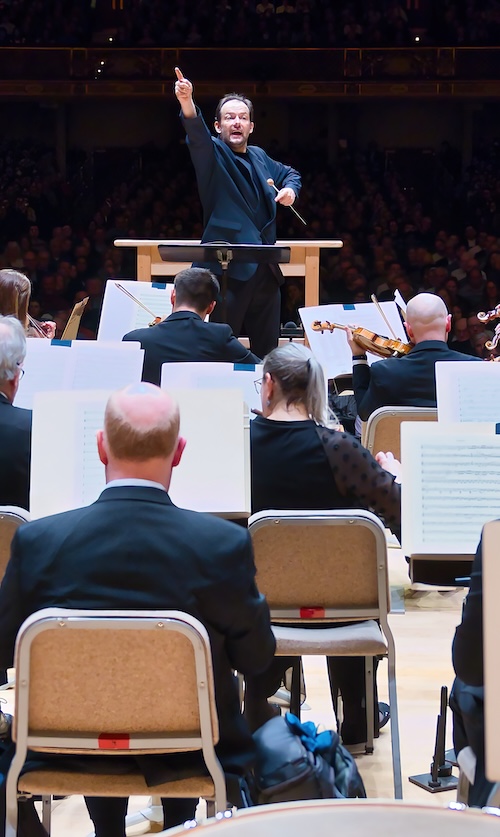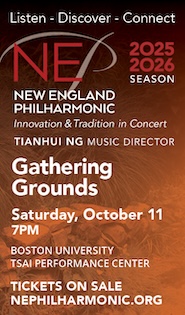Nelsons’ BSO Beethoven cycle delivers a spirited Fourth and lyrical Fifth

Andris Nelsons conducted the Boston Symphony Orchestra in music of Beethoven Thursday night at Symphony Hall. Photo: Hilary Scott/BSO
Not every night does the music of Beethoven conjure the words and sentiments of Mahatma Gandhi, E. M. Forster, and Louis Spohr. Then again, not every evening at Symphony Hall proves so stimulating as Thursday’s traversal of that composer’s Fourth and Fifth Symphonies from Andris Nelsons and the Boston Symphony Orchestra.
The second of this month’s four programs surveying Beethoven’s celebrated ennead, the concert picked up right where last week’s account of the first three symphonies left off, which is to say with playing of invigorating focus and character.
Though less popular than its sibling on the other side of intermission, the Symphony No. 4 boasts writing of real wit and originality. Completed in 1806, four years after the Heiligenstadt Testament and Beethoven’s near-suicidal depression over his hearing loss, the effort gives musical voice to the Gandhian adage that “in the midst of darkness, light persists.”
Light certainly persisted in Thursday’s spirited rendition of the work, not least in the exuberant turns and tautly pulsing syncopations of the finale. In fact, those merely echoed the ebullience of the first movement’s Allegro section which, in addition to overflowing with vim, exhibited an impressive attention to tonal warmth, rhythmic discipline, and big dynamic contrasts.
For its part, the lilting Adagio delivered moments of enchantingly delicate atmosphere. Meanwhile, both the first movement’s development and the scherzo’s Trio provided subtle foreshadowings of Beethoven’s writing in later symphonies. In particular, the latter’s folksy apex anticipated the Pastorale’s “Cheerful gathering of country folk” movement with delightful understatement.
The night’s other item, the Symphony No. 5, offered its own set of insights. Some moments called to mind Forster’s observation that the score might be “the most sublime noise that has ever penetrated…the ear of man.” And, though this vital performance wasn’t the last word in resplendence or textural refinement, it didn’t stint on drama or excitement.
The famous Allegro con brio was crisp, fluent, and entirely unfussy. So, too, the finale, which blazed from start to finish.
In between, however, came a slow movement that periodically disregarded Beethoven’s “con moto” indication; in the process, Spohr’s complaint that the section’s “same progressions and modulations are repeated too often” gained credence. The scherzo, too, felt deliberate and was undercut by a shaky initial horn entrance. Nevertheless, there was a becoming elegance and fluidity to the execution of the former and Nelsons ably drew out the sheer weirdness of the third movement’s recapitulation.
But the real takeaway from this Andante and Allegro (and it carried into the finale as well), was the night’s embrace of the Fifth’s lyricism. Though written for orchestra, Nelsons seemed to be suggesting that the symphony, with its very human progression from despair to triumph, defeat to victory, is full of music really meant to be sung—not by instruments, but by voices. In that regard, the score unfolded as a stirring antecedent to next week’s grand finale of the cycle, the Ninth.
Thursday’s reading managed to vividly and contagiously bring to life the classic image of Beethoven defiantly contending with destiny.
The program will be repeated 1:30 p.m. Friday at Symphony Hall. bso.org
Posted in Performances
